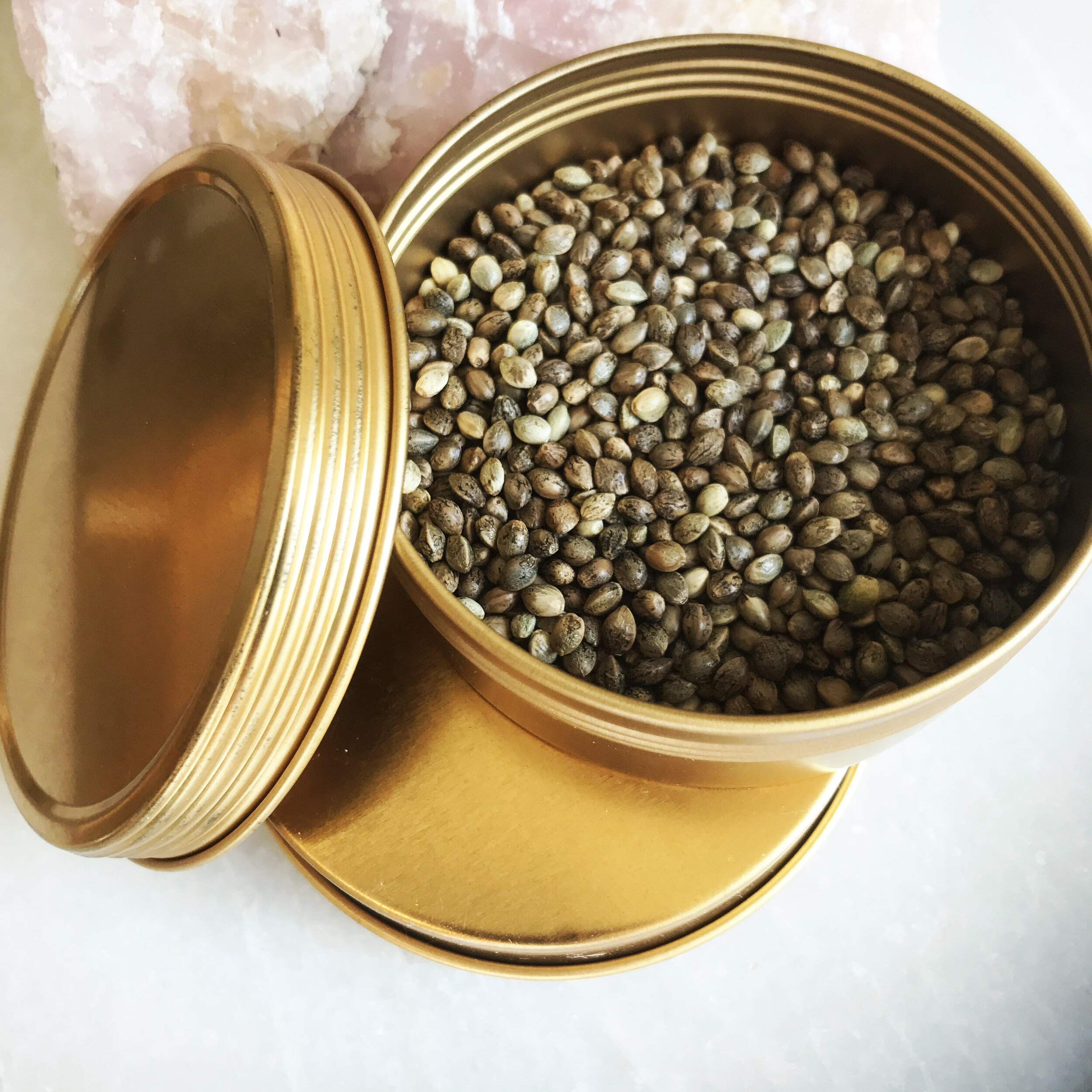 World Botanical Associates (WBA) was formed by Richard Spjut in Could 1983 to proceed to provide samples for antitumor screening to college chemists and to the NCI. The NCI group maintains a listing of pure product extracts with details on the gathering information. Long chain aliphatic hydrocarbon alcohols and aldehydes like 1-octanol and octanal are second important group of substances. Niebla, as outlined by Spjut, has a two-layered cortex, remoted chondroid strands within the medulla, and lichen substances predominantly depsides with triterpenes differing from those in Vermilacinia or depsidones lacking the terpenes. Richard Spjut, the Senior Companion of WBA, proposed that the NCI scale back their 1 kg amount to 25 grams in order to obtain a broad variety of lichen samples. Earlier than submitting the pattern on 2 Feb 1986, a thallus of Niebla laminaria (not yet described) was eliminated along with voucher specimens for N. homalea; the remaining materials, 58 grams of N. homalea, was submitted to the NCI.
World Botanical Associates (WBA) was formed by Richard Spjut in Could 1983 to proceed to provide samples for antitumor screening to college chemists and to the NCI. The NCI group maintains a listing of pure product extracts with details on the gathering information. Long chain aliphatic hydrocarbon alcohols and aldehydes like 1-octanol and octanal are second important group of substances. Niebla, as outlined by Spjut, has a two-layered cortex, remoted chondroid strands within the medulla, and lichen substances predominantly depsides with triterpenes differing from those in Vermilacinia or depsidones lacking the terpenes. Richard Spjut, the Senior Companion of WBA, proposed that the NCI scale back their 1 kg amount to 25 grams in order to obtain a broad variety of lichen samples. Earlier than submitting the pattern on 2 Feb 1986, a thallus of Niebla laminaria (not yet described) was eliminated along with voucher specimens for N. homalea; the remaining materials, 58 grams of N. homalea, was submitted to the NCI.
Niebla josecuervoi within the Lichen Flora of the Greater Sonoran Desert, and not using a revised description for Niebla josecuervoi, except for reference made to description of Niebla homalea. Niebla marinii is a fruticose lichen that grows on lava alongside the Pacific Coast of Baja California from close to San Fernando Canyon south to Morro Santo Domingo. Niebla limicola is a fruticose lichen that grows on barren mud flats and on sand amongst salt scrub alongside the Pacific Coast of the Vizcaíno Desert, of Baja California from San Vicente Canyon to Scammon’s Lagoon (Guerrero Negro). Additionally, his discipline partner, Richard Marin, whereas appearing as a tour guide in Baja California to Scammon’s Lagoon on 15 Feb 1991, acknowledged it as presumably distinct from what he had recalled seeing during lichen expeditions he had accompanied Richard Spjut to Baja California (1985-1987, 1989-1990), collected a specimen (Marin & Spjut 11916) and gave it to Spjut in March 1991 as they traveled again to Baja California.

Spjut had additionally collected it (N. Spjut & Marin 9032C. A thallus removed from the sample, Spjut & Marin 9032C3, is the holotype for N. laminaria. The species (N. limicola) is most just like Niebla flabellata, which differs by its thallus growing on rocks hooked up to a holdfast at base, and by the irregular lacerations of the thallus branches, as an alternative of the regular bifurcations of acicular branches that develop in N. Here's more in regards to Terpenes for sale (simply click the following page) have a look at our own web-page. limicola. The epithet, limicola is in reference to the thallus growing on barren (alkali) soil. The species (N. limicola) additionally recognized by containing salazinic acid (without triterpenes), Terpenes for sale and by a comparatively skinny cortex, (0-)45-75 μm thick, showing to erode on dilated elements of branches; the thinner cortex evidently associated to the contorted look of the branches in addition to the medulla being partly hollow (fistulose). The species (N. marinii) additionally recognized by containing salazinic acid, with out triterpenes, however usually with an unknown, probably scabrosin derivative. See Artemisia for the genus title derivative. The morphological differences between N. laminaria and other associated species within the genus Niebla, are evident; nevertheless, as a substitute of sterile and fertile species as reported for D. leucophaea, sibling species could also be recognized by the secondary lichen substances.
Niebla, this would be much less of an issue, in contrast to a slender species concept the place Niebla is defined by the two-layered cortex, Botanically derived terpenes the isolated chondroid strands in the medulla, and by the lichen substances missing the terpenes found in Vermilacinia. Niebla cornea (sekikaic acid) and N. laminaria (divaricatic acid) are finest distinguished by their lichen substances after they cannot be simply differentiated morphologically. For instance, Niebla cornea in southern California may be considered by some as a sekikaic acid race of N. laminaria, or as a separate undescribed species, or under a very broad interpretation of a species (Niebla homalea) wherein the variation in morphology is considered as being environmentally induced and in chemistry as chemosyndrome variation. For example, Berry Brothers & Rudd, one of many world's largest sellers, start "advantageous wine" costs at about £25-in March 2009 with a wine from Au Bon Climat web site "Advantageous wine gives" Archived 20 January 2012 on the Wayback Machine. Scotch Whisky Laws 2009 (SWR) outline and regulate the production, labelling, packaging as well as promoting of Scotch whisky in the United Kingdom. These typically prohibit the geographical origin and permitted types of grapes, in addition to different features of wine manufacturing.
